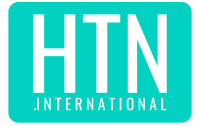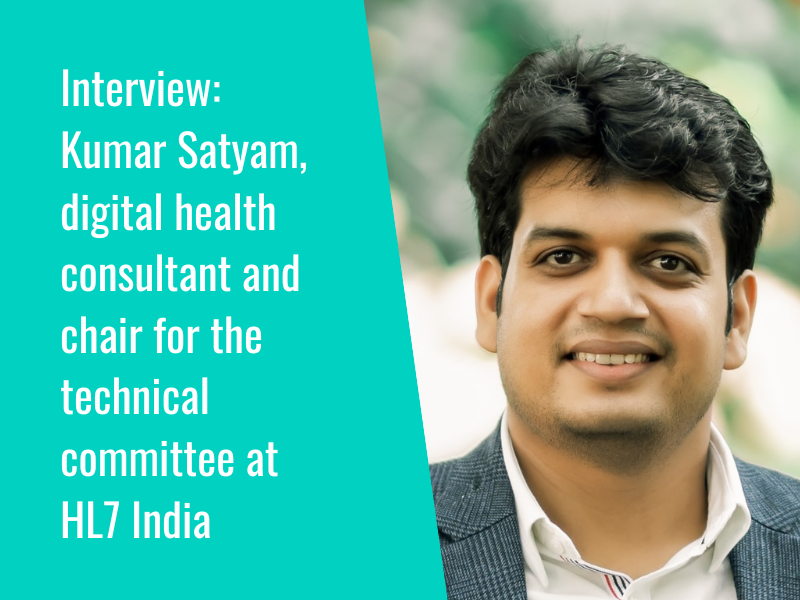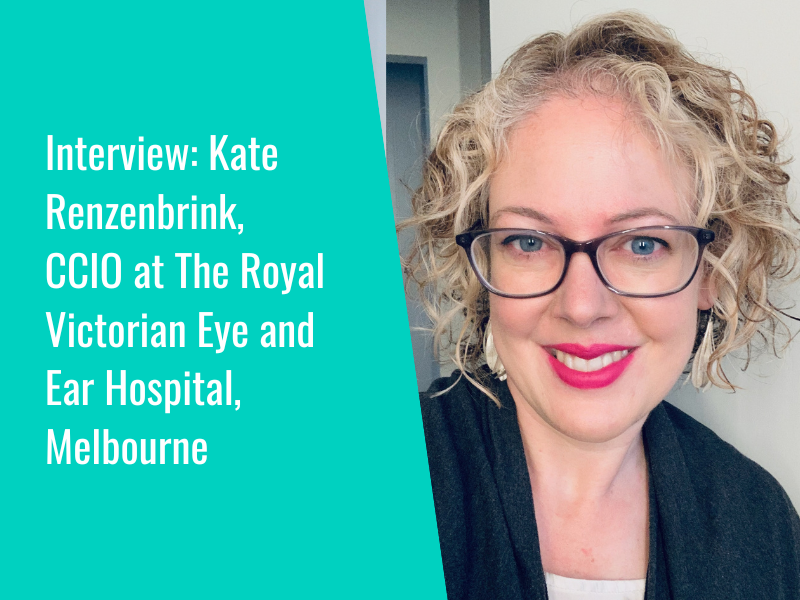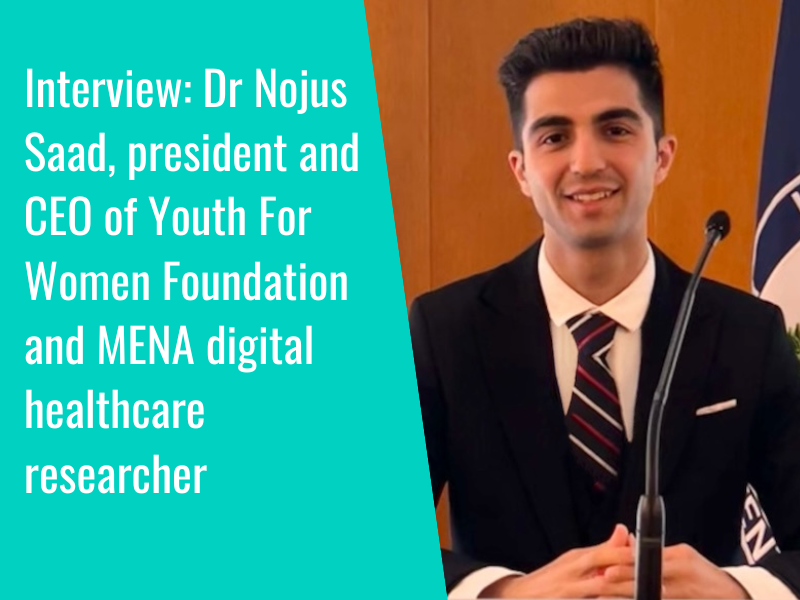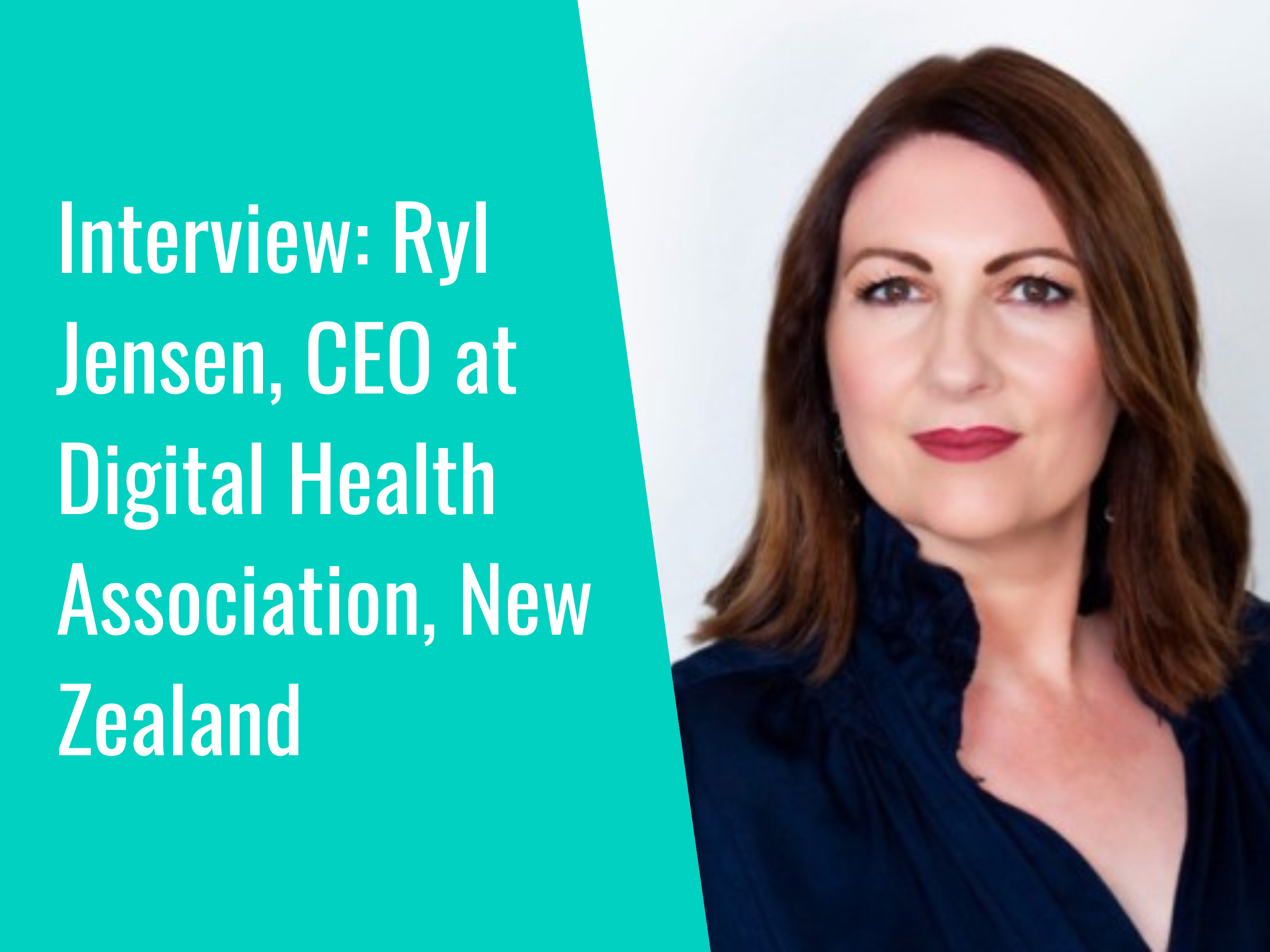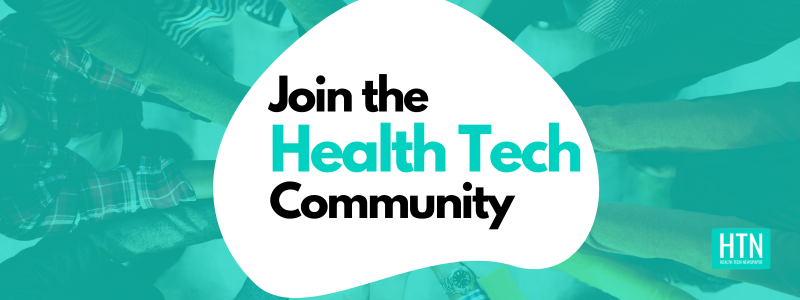We’ve taken a look into the current status of digital health in Mexico, covering recent developments, electronic health records, telemedicine, and more.
Background
At the time of writing, according to our research, Mexico does not currently have a national digital health strategy. International bodies such as the Pan American Health Organization have been working with the Mexican government on improving regulation and legislation around health technology, with the July 2023 Meeting of National Regional Reference Regulatory Authorities (rRNA) focusing on “strengthening of the regulatory systems of technologies, medicines and vaccines in the Americas”.
Coalitions such as Transform Health Mexico have also been working to improve health equity by bringing together the pubic and private sectors to tackle challenges such as a historic lack of investment in digital health in the country, and a fragmented health ecosystem which sees a lack of collaboration across the public and private sectors.
Perhaps one of the greatest challenges for health technology, however, is around the lack of infrastructure and basic access, with data from the World Bank showing that only 44 percent of Mexico’s population using the internet in 2014, increasing to 53 percent in 2017, and 76 percent in 2021.
Electronic health records and health data
When it comes to electronic health records, Mexico does not have a national EHR system, but research from a 2021 OECD Health Working Paper indicated that it does have arrangements in place to enable data sharing on things like treatments, medications, imaging, and test results, to be shared “among physician offices and between physician offices and hospital systems”.
The same paper highlighted reports from Mexico that EHR coverage is “fragmented”, since “each health sector uses a different electronic platform”, and private providers “run their own health data systems, which are decoupled from the public sector, hindering the exchange of data across sectors and providers”. The quality of EHR data is was also cited as a challenge, and the paper highlighted that there was uncertainty about whether EHR data would be used for health monitoring in the future.
As far as health data is concerned, research from Mexico’s National Institute of Public Health has stated similar challenges, with subsystems being developed “in a parallel and independent way, currently hindering the ability to integrate into an information system that allows to maximize the quality and use of information for decision-making and accountability”.
Telemedicine
The Centro Nacional de Excelencia Tecnológica en Salud (CENETEC) in Mexico is based on the Specific Action Program 2013 – 2018, and aims to “promote policies and instruments for the implementation and evaluation of telehealth in Mexico in order to facilitate effective access to specialty medical care for the population”.
The work of CENTEC includes the implementation of telehealth programs, promoting the use of telehealth models in Mexican health institutions, and facilitating the use of devices, equipment and platforms for the provision of telehealth services, as well as collaborating with health institutions on the creation and monitoring of telemedicine projects and programmes.
Private companies are also helping to boost the telehealth market in Mexico, with Reliq Health Technologies announcing last year that it had secured a contract with a healthcare organisation in Mexico expected to bring with it “over 10,000 new patients” by the end of June 2024; and Telemed Mexico advertising virtual appointments within one hour for a range of conditions including shingles, dengue, UTIs, and rashes.
In May, a new collaboration between Pager, Inc., and AXA Partners Mexico (APM) was launched to offer “new capabilities to improve the experience of APM’s health assistance programs” including Doctor at Home and Ground Ambulance, and expecting to make “enhanced services” available to “more than two million APM beneficiaries across Mexico”.
Research on telehealth interventions in Mexico
A journal article published in Healthcare Informatics Research carried out a cross-sectional study during COVID with Petroleos Mexicanos (PEMEX) health services beneficiaries, assigning patients across Mexico to a doctor, who “coordinated a video call with the nursing service for advice and remote care”, registering 17,472 calls in total across respiratory symptoms, therapeutic monitoring, mental health, and more.
If patients were found to require attention at a hospital, an assigned team liaised with the closest hospital for “timely referral and on-site engagement”, carrying out a questionnaire in the case of respiratory symptoms to help support decision-making around whether patients should continue to be monitored at home or attend the hospital in person.
Authors recognised that “the rapid implementation of this remote program could have been challenging” due to “capabilities and attitudes, due to the lack of adequate equipment, insufficient knowledge of how to use the platforms or mobile equipment, and mistrust of services that do not include on-site attention”.
Findings were that the remote health program “proved useful” as a means of triaging patients, and that it helped in “establishing the foundations for telemedicine while also contributing to the management of a nationwide health emergency”.
Citation: Mendoza R, Moreno G, Arredondo H, Jeanet A, et al., Remote Healthcare Program in Mexico in the Context of the COVID-19 Pandemic (2022) Healthcare Informatics Research 23, 2: 152-159. DOI: 10.4258/hir.2022.28.2.152
A study published in Ecancermedicalscience explored the use of telemedicine to support the provision of geriatric oncology care for older patients with cancer during the COVID-19 pandemic in Mexico, conducting an analysis of data collected from telemedicine visits with patients aged 65 and over, and with a diagnosis of colorectal or gastric cancer, at the Instituto Nacional de Ciencias Médicas y Nutrición Salvador Zubirán (INCMNSZ) oncology clinic.
Beginning in March 2020, patients were contacted by phone call or text message to inform them that their visit would be conducted remotely, and were asked about the availability of a suitable device, as well as appropriate video conferencing software such as Zoom or WhatsApp. Assessments and interventions included geriatric assessments, treatment toxicity assessments, and treatment prescription (including chemotherapy).
The total number of telemedicine consultations was 167, with a gerontologist present in 130 (78 percent), a geriatric assessment being conducted in 135 consultations (81 percent), and with chemotherapy being prescribed remotely for 14 patients out of 53 visits after a review of toxicities. Recommendations for supportive care or referrals to supportive/palliative care were made in 34 visits (20 percent), whilst referrals were made to radiotherapy in 3 instances (2 percent).
Authors concluded that “the use of telemedicine as part of the provision of cancer services is possible in older adults with cancer living in developing countries and with little previous exposure to digital technology”. Findings also included that “free and easy to use instant messaging platforms such as WhatsApp represents an excellent tool for geriatric consultations and for the deployment of complex geriatric oncology care”; with the study’s authors recommending that access to telemedicine should be made more readily available, “particularly for vulnerable populations such as older adults with cancer”.
Hernandez-Favela C, Jiminez-Sotomayor M, Morales-Alfaro A, O-Murillo A and Soto-Perez-de-Celis E, Providing geriatric oncology care using telemedicine for older patients with cancer during the COVID-19 pandemic in Mexico. (2023) 17. DOI: 10.3332/ecancer.2023.1528
- 1
- 2
